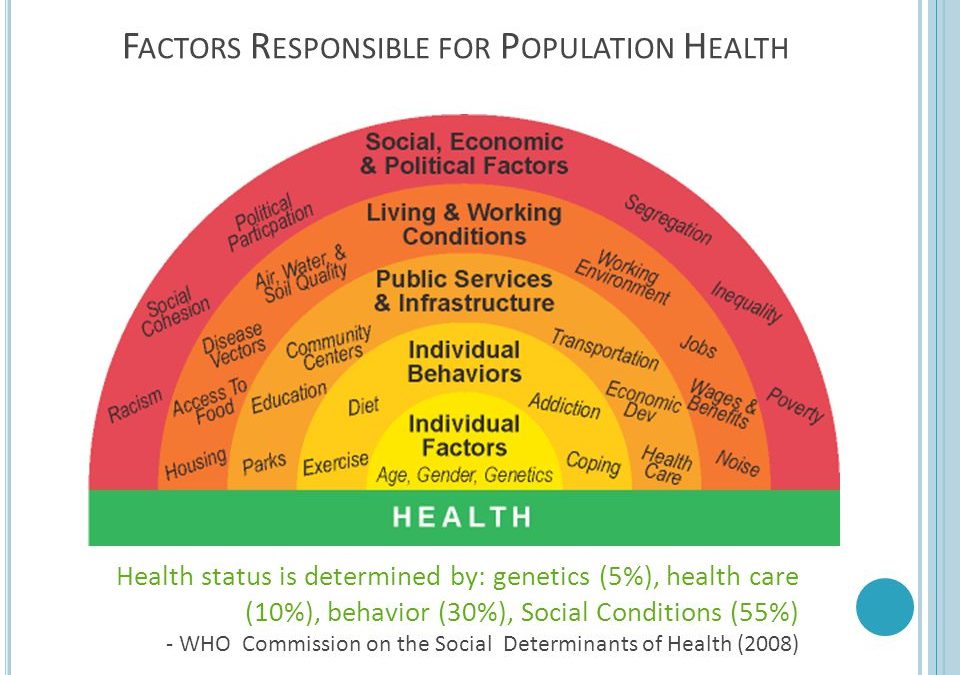Read HIA on the Child Protective System in Montgomery County MD
The United Nations 2030 Agenda for Sustainable Development commits to transformative goals (SDGs) that “achieve sustainable development in its three dimensions — economic, social and environmental — in a balanced and integrated manner.”
AISD’s approach to integrating the social, economic and environmental dimensions of sustainable development into meaningful development practice is through the lens of health impact. Health and wellbeing are at the heart of all the goals, objectives, strategies and approaches that are integrated into the Sustainable Development Goals (SDGs). A health impact perspective facilitates the challenge of operationalizing and measuring the sustainable development values of participation, collaboration, inclusion, diversity, equity into solutions to complex socio-economic development problems.
AISD is introducing Health Impact Assessment (HIA) services, offering a powerful methodology that has been largely overlooked within the international development community. The Centers for Disease Control (CDC) defines HIA as:
HIAs “provide recommendations to increase positive health outcomes and minimize adverse health outcomes” and “potential public health impacts and considerations to the decision-making process for plans, projects, and policies that fall outside the traditional public health arenas, such as transportation and land use.” The World Health Organization (WHO) defines an HIA as “a means of assessing the health impacts of policies, plans and projects in diverse economic sectors using quantitative, qualitative and participatory techniques.”
The methodology is largely based on Urie Bronfenbrenner’s Ecological Systems Theory of Development, which posits that variation in individual outcomes is explained by the interaction of social, economic, environmental and built environment factors.

